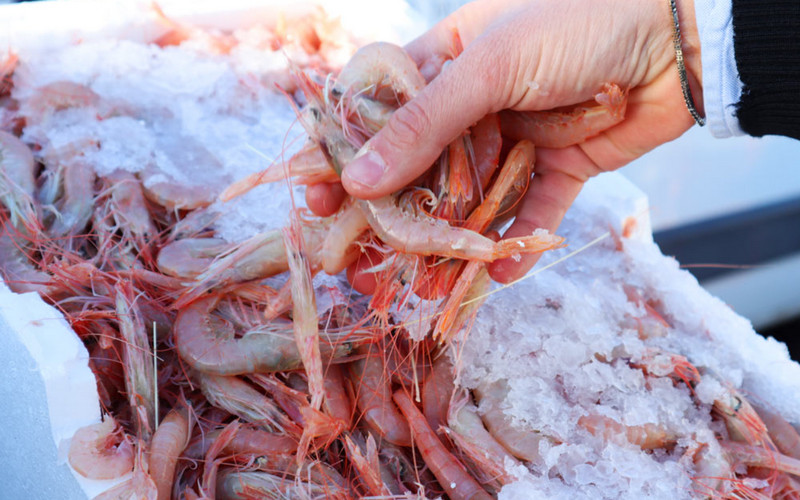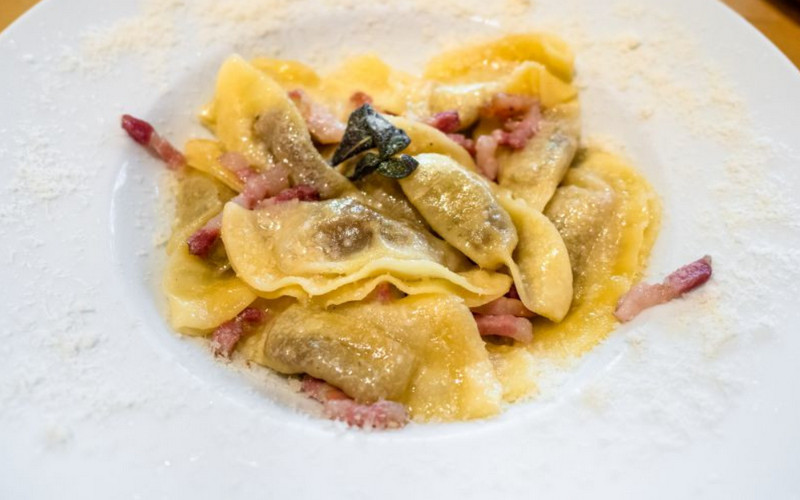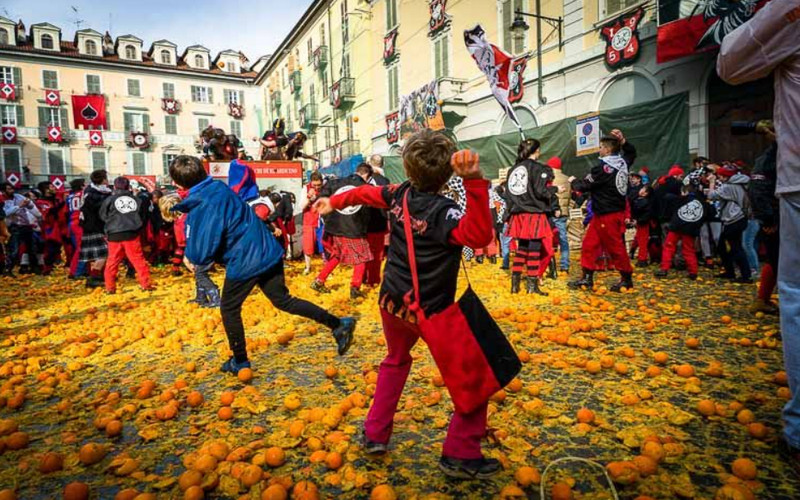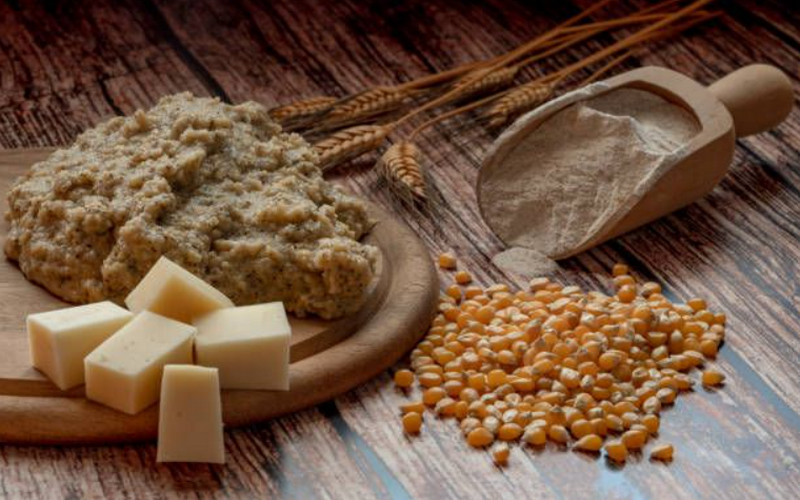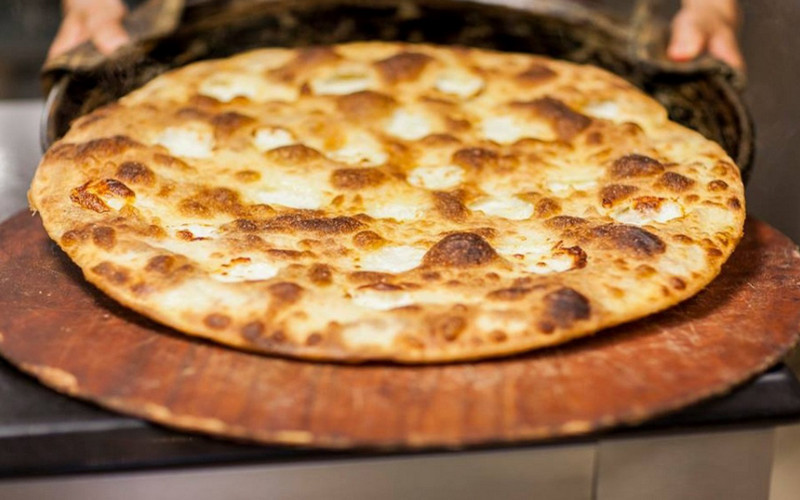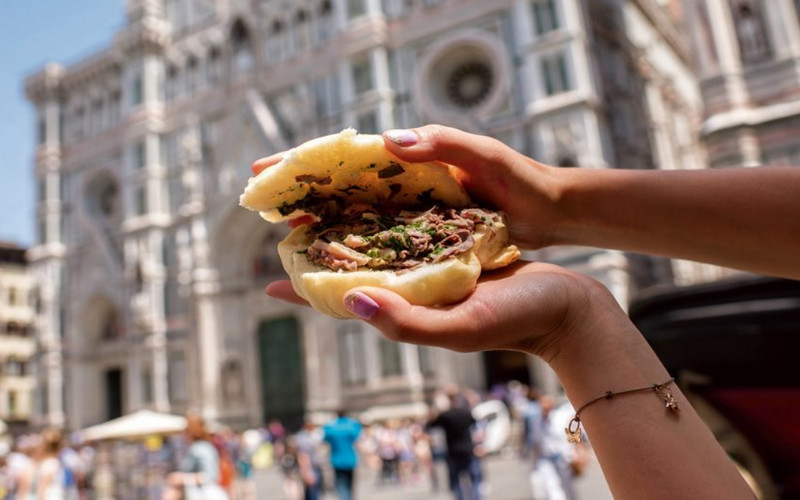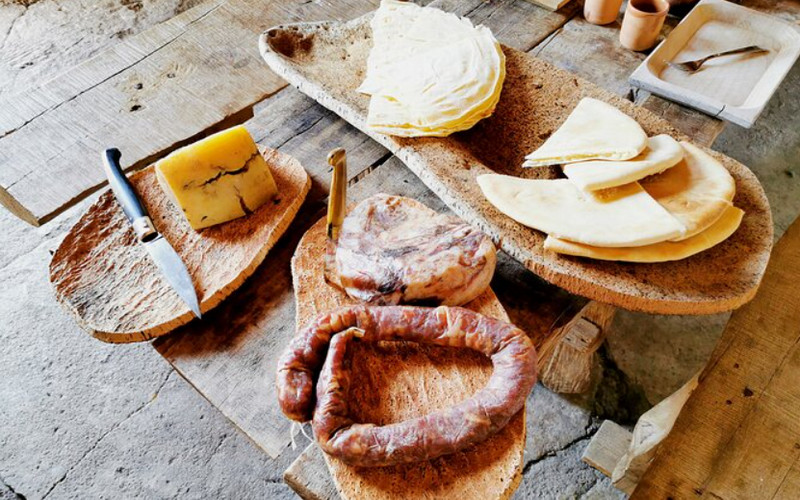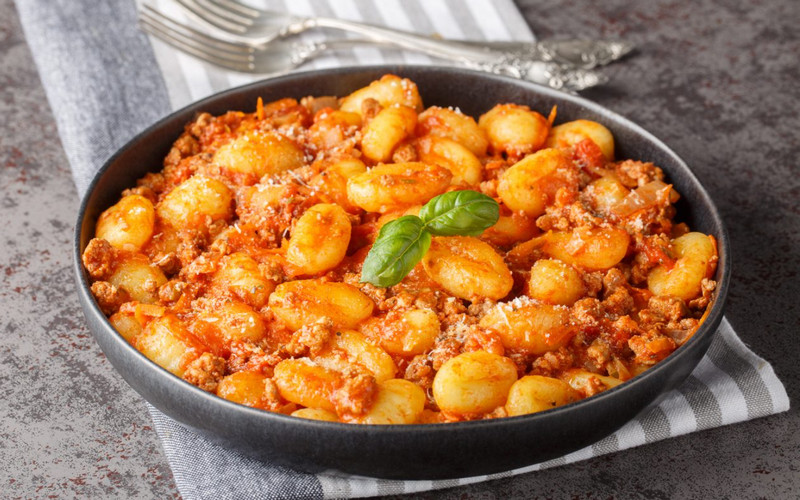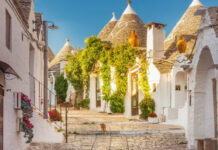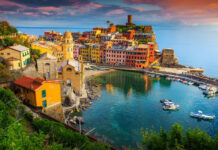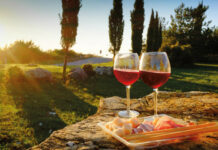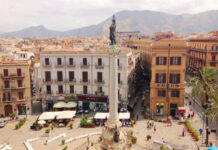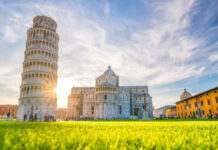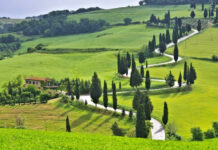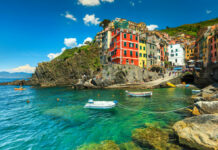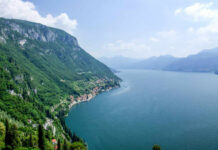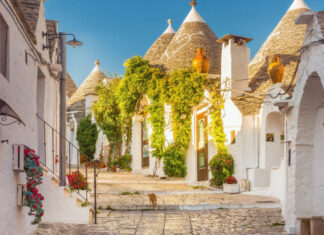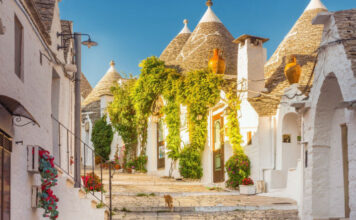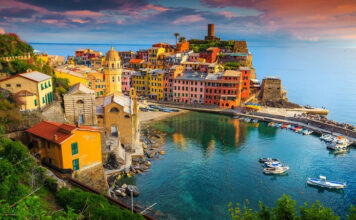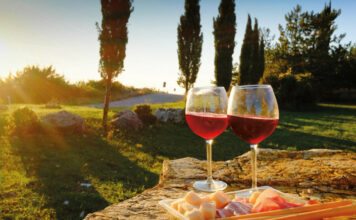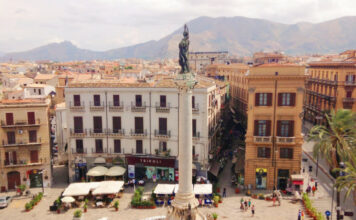Italy is often considered a gastronomic paradise. Most visitors flock to pizza in Naples, pasta in Rome, and gelato on every street corner. But the country’s culinary story runs far deeper than its famous dishes. Italy is a nation of fiercely local food traditions—many of which never make it into guidebooks or Instagram feeds. For the traveler willing to go beyond the tourist traps, there’s an entire world of regional flavors, rituals, and experiences hiding in plain sight.
Here are 10 local foodie experiences in Italy that tourists totally miss—but absolutely shouldn’t.
1. Eating Raw Red Shrimp in Mazara del Vallo (Sicily)
While most tourists are busy with arancini and cannoli, locals in Mazara del Vallo—a Sicilian fishing port—celebrate the delicate flavor of raw red shrimp, or gambero rosso. Caught in the nearby Mediterranean, these prawns are eaten sashimi-style, drizzled with local olive oil and a sprinkle of sea salt.
The taste is sweet, briny, and buttery, unlike anything found elsewhere. Served in rustic trattorias or at the docks themselves, this experience is a must for seafood purists.
2. Casoncelli alla Bergamasca in Bergamo (Lombardy)
While tourists line up for risotto alla Milanese, the locals of Bergamo cherish their own humble hero: casoncelli. These crescent-shaped ravioli are filled with a mix of beef, sausage, breadcrumbs, and cheese, then served with melted butter, pancetta, and sage.
The result is rich, savory, and deeply satisfying—a comforting dish you’ll rarely find outside of Lombardy. The best place to try them? Family-run trattorias tucked into Bergamo Alta, the old walled city.
3. Sagra Festivals in Rural Tuscany
Most visitors to Tuscany explore the region’s rolling hills and Chianti wines, but few know about the sagra—a local food festival usually held in village piazzas. These hyper-regional events celebrate a single ingredient or dish, from wild boar (cinghiale) to truffles or handmade pici pasta.
Locals cook in communal kitchens, meals are served at long outdoor tables, and there’s always live music. It’s one of the most authentic ways to eat and party like an Italian—but you’ll need to go in summer and ask around to find the good ones.
4. Polenta Taragna in Valtellina (Lombardy)
While visitors might expect pizza or pasta, high in the Valtellina Alps, locals warm up with polenta taragna—a hearty blend of buckwheat flour and cheese stirred endlessly over an open fire.
Topped with butter and served alongside stewed meats or wild mushrooms, it’s an alpine soul food rarely seen in tourist circles. The best way to enjoy it? In a remote mountain rifugio with views of snow-covered peaks.
5. Focaccia di Recco in Liguria
Most people know Liguria for pesto, but true locals crave focaccia di Recco—a thin, crispy sheet of unleavened dough stuffed with creamy stracchino cheese and baked in a wood-fired oven. It’s not your average focaccia.
It’s gooey, flaky, salty perfection—and it can only be made properly in or around the town of Recco, where the water, cheese, and dough have been fine-tuned over generations. Tourists often walk right past it on menus. Don’t.
6. Eating Lampredotto in a Back Alley in Florence
Florence is known for steak (bistecca alla fiorentina), but locals love a much humbler delicacy: lampredotto, a traditional sandwich made from the fourth stomach of a cow. Simmered with herbs, chopped, and served on a crusty roll dipped in broth, it’s topped with green parsley sauce or spicy red salsa.
Find it at street stalls like Nerbone in Mercato Centrale or hidden carts in back alleys. Tourists may shy away, but locals swear by its flavor.
7. Breakfast with Sfogliatella in Naples
Tourists in Naples often go straight for pizza, but they miss the chance to start their day with a freshly baked sfogliatella. This shell-shaped pastry is crisp and layered on the outside, filled with sweet ricotta, semolina, and orange peel inside.
Served warm with a shot of espresso, it’s the breakfast of Neapolitan champions. Don’t settle for airport versions—find one at an old-school bakery like Attanasio near Napoli Centrale train station.
8. Tasting Pecorino at a Shepherd’s Farm in Sardinia
Rather than sampling supermarket cheese in tourist towns, head into Sardinia’s interior, where pecorino sardo is made by shepherds using age-old methods. On these farms, milk is still heated in copper cauldrons, and cheese is aged in stone cellars.
Some offer farmhouse tastings, complete with raw honey, olives, and home-baked bread. You’ll learn that not all pecorino is the same—and you’ll never look at packaged cheese the same way again.
9. Gnocchi Giovedì in Rome
Romans follow an old culinary tradition: “Gnocchi giovedì, baccalà venerdì, trippa sabato” (gnocchi Thursday, salt cod Friday, tripe Saturday). Every Thursday, family kitchens and old-school trattorias prepare pillowy potato gnocchi with rich tomato or meat sauce.
It’s not just about the dish—it’s the ritual. To truly experience it, seek out small Roman trattorias on a Thursday, where the gnocchi is hand-rolled and served with a side of local life.
10. Friggitorie in Southern Italy
In Naples, Palermo, and Bari, you’ll find friggitorie—tiny fried-food shops that serve golden bites of heaven in paper cones. Think fried zucchini blossoms, potato croquettes (crocchè), rice balls (arancine), and even fried pasta nests.
These are places of joy, chaos, and incredible flavor. Tourists often overlook them in favor of sit-down meals, but locals know that standing on a curb eating hot frittura is one of the greatest pleasures in Italian food culture.
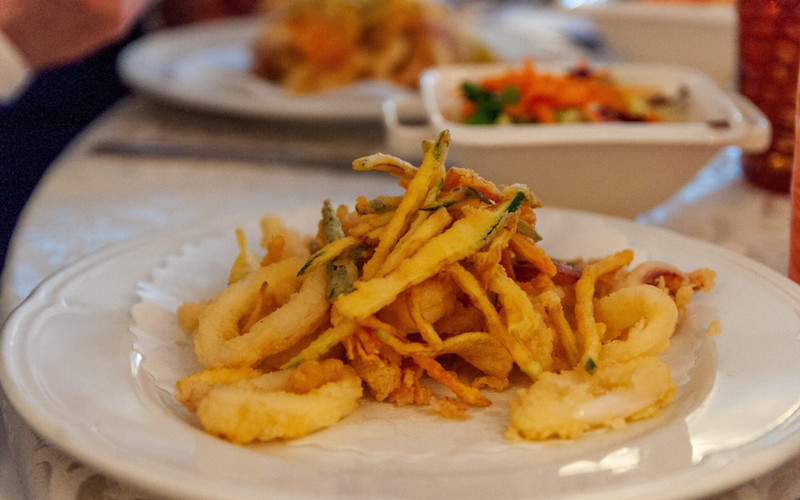
Italy Beyond the Menu
Italy’s most magical meals aren’t always found in famous restaurants or listed in guidebooks. They happen in mountain huts, corner bakeries, alleyway stalls, and village squares where tradition still rules the kitchen. These under-the-radar experiences connect you not just to Italy’s cuisine, but to its soul.
To eat like a local in Italy, you need curiosity, a bit of language (or a smile), and a willingness to stray from the crowds. Skip the pizza lines and pasta clichés for something richer—an authentic slice of regional life most tourists will never taste.
